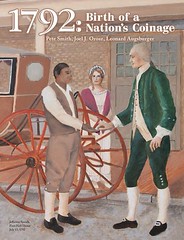
PREV ARTICLE
NEXT ARTICLE
FULL ISSUE
PREV FULL ISSUE
1792 SILVER AND NON-SILVER CENTER CENTS STUDYRecently Rob Rodriguez, Tony Lopez, Maureen Levine and I completed a study on the Morris example of the 1792 silver center cent. The controversy regarding this coin came to our attention from the 2017 publication of 1792: Birth of a Nation's Coinage by Leonard Augsburger, Joel J. Orosz and Pete Smith. Here are some excerpts: Thank you! Nice work. As always, comments are welcome. -Editor
1792 Silver and Non-Silver Center Cents: A Study – Updated 11/15/2017 In 2017 authors Len Augsburger, Joel Orosz, and Pete Smith published 1792: Birth of a Nation's Coinage, in which they concluded that the Morris example of the silver center cent contains a silver plug that is not original (page 139). Furthermore, on page 217 they cite the description from Chapman's 1905 sale of the Morris collection that states, "silver center inserted to give bullion value to this small size cent but the plug in this specimen has been inserted after the piece was struck and engraved with part impression." We note that this part of the description from the April 19, 1905, Chapman catalog of the Morris collection more precisely states, "Silver center inserted to give bullion value to this small size cent but the plug in this specimen has been inserted after [Chapman’s emphasis] the piece was struck and engraved with part of hair and letters that should have been from the impression." The description of the piece continues, “Two or three proofs in copper without the silver center are known, and this is one of these with the silver center falsely inserted.” Below are images of the complete description from pages 32 and 33 of the 1905 Morris catalog:  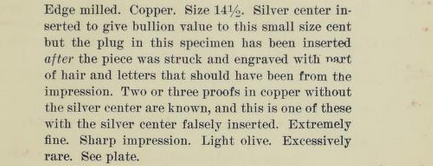 The purpose of this study is to compare the Morris example to the other known silver center cents and quantify any differences. Silver Plug Diagnostics, Reverse: 1. The base of the E in CENT slants upward, toward the first upright of the N, except on the Morris example, on which the base of the E is slanted slightly downward toward the base of the N. 2. The thin upper serif on the crossbar of the E in CENT is attached to the topmost serif of the E. It is also noted that this same thin upper serif is attached perpendicularly to the crossbar. But on the Morris example, the serif attached to the crossbar does not join the topmost serif and is thick. Also, its inner portions are angled where attached to the crossbar 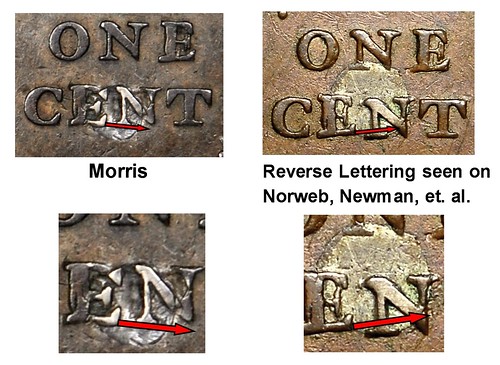 Silver Plug Diagnostics, Obverse: 1. The hair curls begin at the base of the earlobe. 2. On all, except the Morris example, the outermost curl is engraved in a wave-like shape that curves outward, inward, and outward again as it progresses lower. On the Morris coin, within the silver plug, the inward curve is missing. The outermost hair curl is grossly misshapen. The Morris plug also lacks the delineation of the inner curl (to the viewer's left of the outer curl). Our final observation is that the Morris silver plug is smaller and placed much lower and more off-center than the plugs on all of the other examples 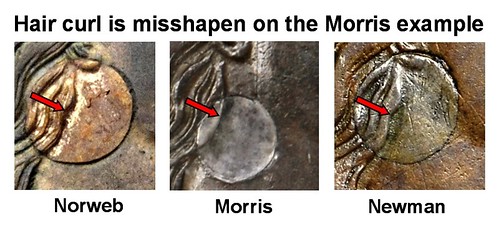 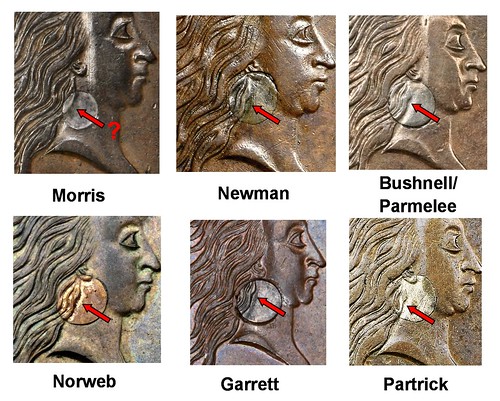 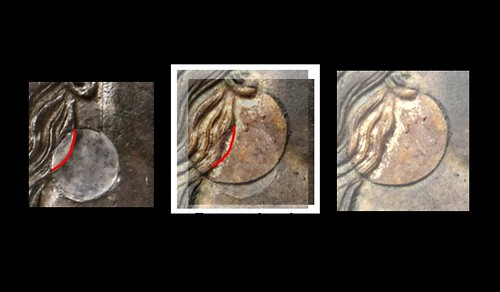 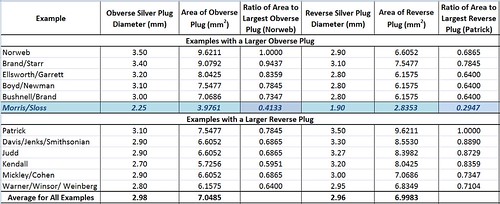 As shown in the above spreadsheet, the silver plug in the Morris silver center cent is the outlier in every column. We concluded the following: We wholeheartedly agree with the conclusions drawn by the authors, Len Augsburger, Joel Orosz, and Pete Smith on page 139, that "It is apparent that the Morris plug is not original with the [hair] curve out of position," and that the Morris plug's reverse shows a "tooled field and narrow tooled letters.” It is our conclusion that the Morris example was produced at the Philadelphia mint as a genuine copper or fusible alloy Judd-2 1792 cent, or as a genuine so-called Judd-1A (a holed flan originally struck from 1792 silver center cent dies but without a silver plug) and at some later date (before April 1905) a “craftsman” fabricated a blank silver plug, punched or drilled (or, in the case of the so-called J-1A, widened) a hole into this genuine coin and inserted the plug. He or she then hand-engraved the plug on both obverse and reverse, in such a manner as to attempt to match the missing details and replicate an intact Judd-1 1792 silver center cent with a counterfeit plug. The incentive clearly existed for a great profit to be realized upon the successful introduction of such a concoction into the numismatic market of the period: particularly if the fabricator started with a Judd-1 that was struck from a holed flan but without the silver plug as the example discovered in 1993 (the so-called Judd-1A). However, even if the fabricator started with a Judd-2, there still would have been a reasonable economic incentive. The authors welcome any additional information that would illuminate the nature of the Morris 1792 silver center cent. The fact that Chapman's original 1905 description of the Morris plug has been lost, forgotten, or ignored for the past 112 years indicates a great need for vigilance on the part of everyone in the numismatic community. Here is the link to the complete study which is posted on the Newman Numismatic Portal: To read an earlier E-SYlum article, see: NEW BOOK: 1792: BIRTH OF A NATION'S COINAGE (http://www.coinbooks.org/v20/esylum_v20n13a02.html) 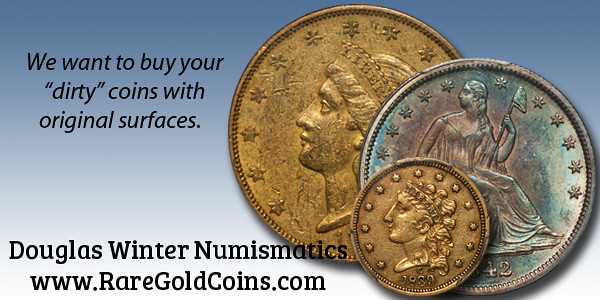 Wayne Homren, Editor The Numismatic Bibliomania Society is a non-profit organization promoting numismatic literature. See our web site at coinbooks.org. To submit items for publication in The E-Sylum, write to the Editor at this address: whomren@gmail.com To subscribe go to: https://my.binhost.com/lists/listinfo/esylum All Rights Reserved. NBS Home Page Contact the NBS webmaster 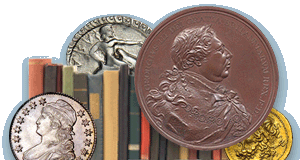
|
